Walnut Canyon National Monument…
A Descent Into The Past
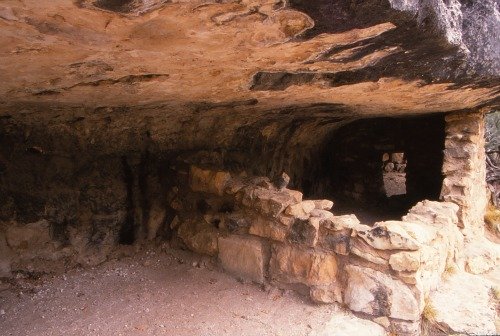
Walnut Canyon, twenty miles long, 400 feet deep and ¼ mile wide, was formed over a period of 60 million years.
Today, six miles of the canyon’s length are protected within the monument’s 3600 acres.
The monument, located just off I-40 a few miles east of Flagstaff, Arizona, contains the only known remains of the northern Sinagua culture.
These ancient people built their dwellings in rock alcoves, tucked away within the canyon walls, protected from the elements and their enemies alike.
There they flourished for over 200 years.
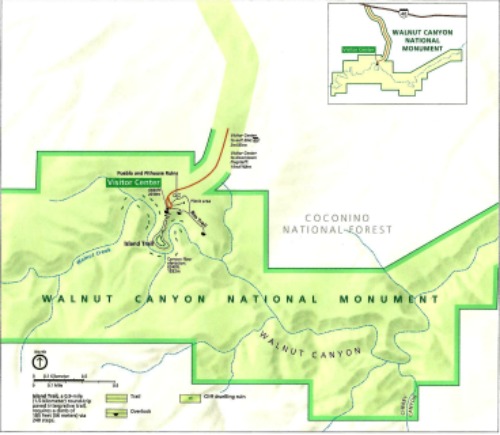
Directions
Walnut Canyon National Monument is 7.5 miles east of Flagstaff, Arizona.
From Flagstaff, travel east on I-40 and turn south on Exit 204. The Visitor Center is at the end of this 3 mile road.
Sidebar
The turn-around space in the parking area at the Visitor Center is tight.
A maximum length of 40 feet is recommended for RVs, especially those towing another vehicle.
The National Park Service at Walnut Canyon warns that GPS units in this area often lead people astray. They recommend you do not use them for getting to the Monument.
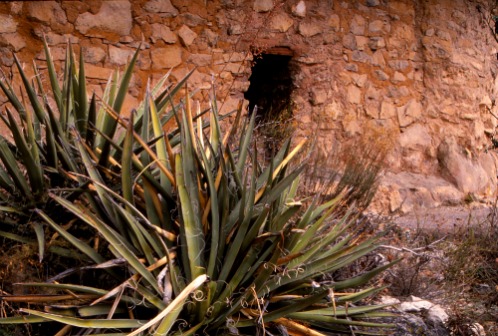
|
Operating Hours and Seasons |
You may find books and maps on Walnut Canyon National Monument at the Visitor' Center, or you may click on the link below which will take you directly to Amazon.com Walnut Canyon National Monument |
Sidebar
Entry to park trails closes one hour before the monument closes.
Most of Arizona does not observe Daylight Savings Time.
The monument remains on Mountain Standard Time year-round.
Entrance Fees
$5.00 per person (good for 7 days)
Children under 16 are admitted free.
Flagstaff Area National Monuments Annual Pass
• $25.00
• Admits passport holder and 3 adults (16 years and older) to Walnut Canyon, Sunset Crater Volcano and Wupatki National Monuments
• Valid for one year beginning from the month of sale
|
Lodging
There is no lodging within the Monument. The nearest city, Flagstaff, Arizona is just minutes away. To find lodging in Flagstaff, use the Search Box on the right. |
Simply enter the dates you have in mind, and the server, Hotels Combined, will provide you with a list of the lodging available on the dates you have specified.
This is not a booking agency. It is a search engine to help you find great lodging at great prices.
For Current Weather in Flagstaff, Arizona, Click Here.
|
Accessibility Flora and Fauna |
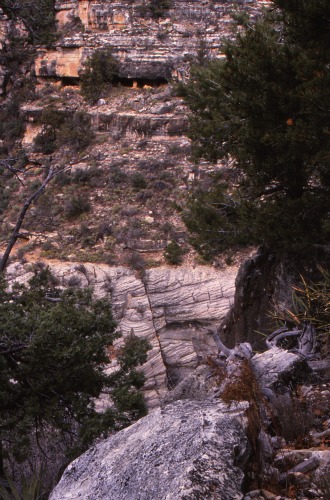 |
Mammals
Of the 69 species of mammals identified within the monument, those which are commonly seen include:
|
|
Peccary 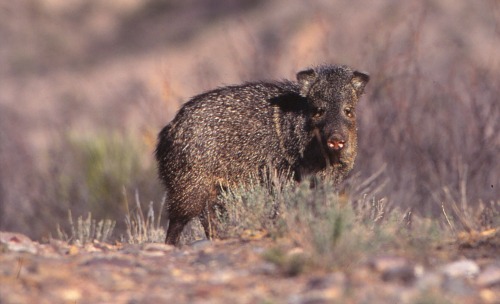 |
The monument and surrounding lands provide seasonal habitat and movement corridors for elk and mule deer.
Large mammals, including mountain lions, black bear, and pronghorn antelope also frequent the area.
|
Wild Turkey 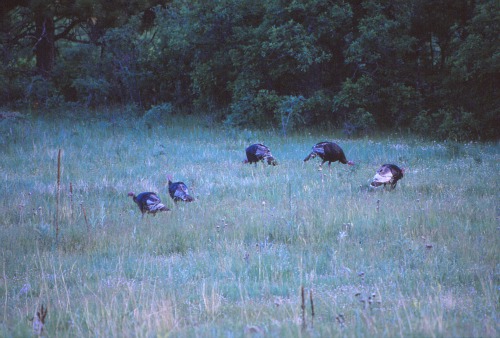 |
Birds Of the 121 species of birds which have been identified within the monument, those which are commonly seen include: The south side of the canyon provides habitat for wild turkey. |
|
The steep terrain and secluded side canyons provide habitat for birds of prey like the: In addition, peregrine falcon, and northern goshawk, among the rarest |
Great Grey Owl 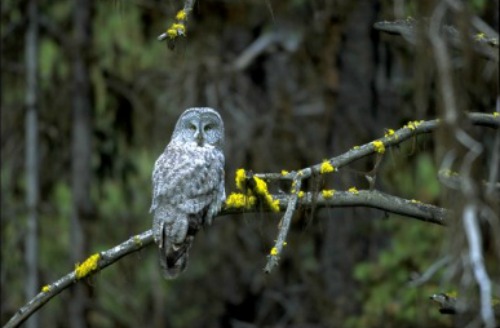 |
raptors in the southwestern United States, are residents of Walnut Canyon.Bald eagles, listed as threatened under the Endangered Species Act,
routinely spend the winter in the area, and are occasionally observed
perching in dead tree snags and feeding on elk carrion within the
monument.
Walnut Canyon also harbors nesting pairs of Mexican spotted owls, also listed as threatened under the Endangered Species Act
|
Aspens 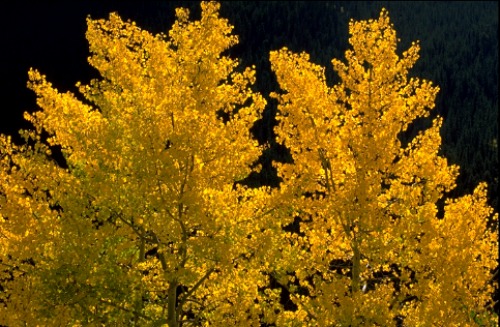 |
Tree and Shrubs |
|
Flowering Plants |
 |
Pets If you are traveling with pets, it is best to make arrangements to have them boarded in Flagstaff. |
They are allowed in the parking lot only and must be on a leash at all times.
There are several places in Flagstaff which offer boarding and/or pet-sitting services. Click Here for more information.
Sidebar
Summer heat can be intense; pets left in vehicles - even for a short time - can suffer heat stroke and die.
You should allow at least 2 hours to see the visitor center and museum, hike down to the cliff dwellings, and walk the Rim Trail.
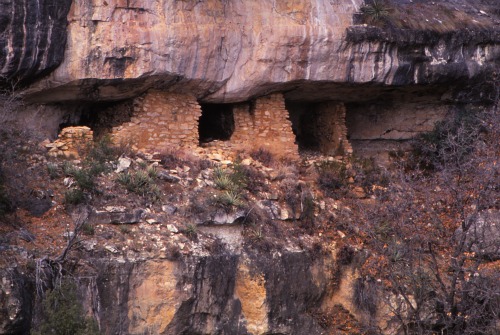
Activities
Although Walnut Canyon National Monument is comprised of almost 3600 acres, much of the area is undeveloped thus limiting the types of activities within the monument.
Presently, access is limited to established trails, roadways, and developed facilities.
Areas not designated and identified for public activities are closed to unguided entry.
Various interpretive programs, including guided hikes to the historic ranger cabin and additional cliff dwellings, are offered as staffing permits
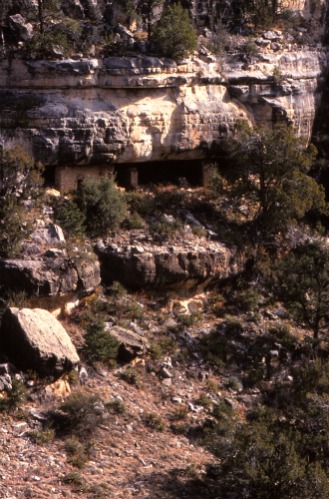 |
Hiking Also, people who don’t feel comfortable
with heights usually do not enjoy the Island Trail with the steep
drop-offs along some sections. |
Sidebar
Walnut Canyon National Monument has an elevation of 6,690 feet. People who are not accustomed to this altitude or who have COPD may have difficulty breathing and may suffer high altitude sickness.
Symptoms include headaches, dizziness, fatigue, confusion, shortness of breath, loss of appetite, and trouble sleeping.
Going to a lower altitude is the best remedy. Acetaminophen, ibuprofen, or another over-the-counter pain reliever can be used to treat headaches.
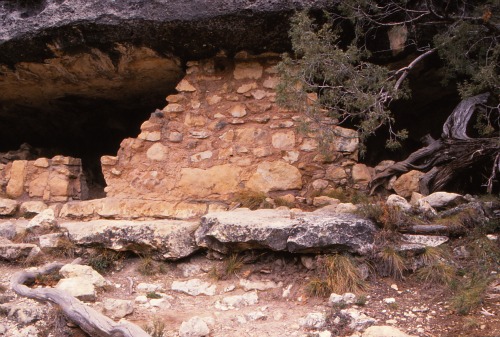
History
Sinagua Culture
Archaeologists believe there were people living in the area around Walnut Canyon between 2500 B.C. to A.D. 1, but most are from a prehistoric farming culture that flourished around Flagstaff from about A.D. 600 until 1400.
Archaeologists call them the Sinagua culture, from the Spanish “sin aqua” meaning without water. It is not the name of a tribe or clan of people.
Rather, it is a culture whose members share the same or similar characteristics.
The Sinagua flourished here between A.D. 600 until 1400, living first on the canyon rims where they grew crops of maize, squash and beans.
Around A.D. 1150, they descended down into the canyon and, built the dwellings we see today tucked away in alcoves along the canyon walls.
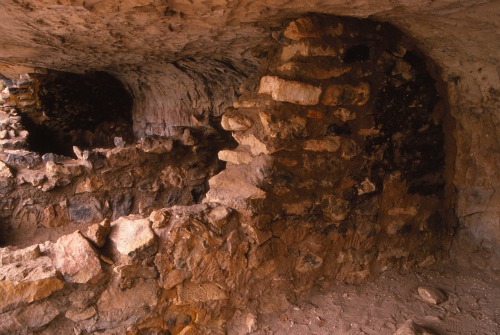
Present Day Descendants
Their descendants live today in Pueblo villages such as Old Oraibi of the Hopi and Sky City of Acoma whose ceremonial and tribal rituals began with the prehistoric cultures of Walnut Canyon.
|
National Status |
Have A Great Story To Share?
Do you have a great story about this destination? Share it!
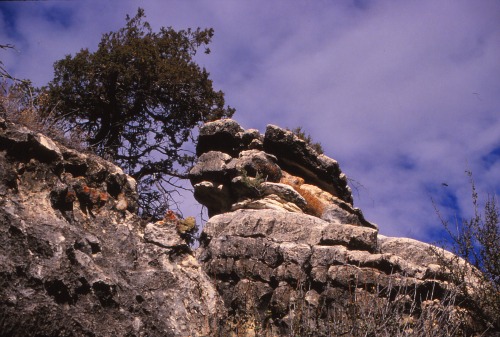
References and Resources
Daily Dose
Boston.com
http://www.boston.com/dailydose/2012/06/08/how-avoid-high-altitude-sickness-you-heading-for-the-ountains/JK0YRLreg6PzziPKQlApSO/story.html
National Park Service
http://www.nps.gov/waca/index.htm
http://www.nps.gov/waca/parkmgmt/upload/GMP_finalWACA_corr.pdf
Return From Walnut Canyon National Monument To Nearby Attractions
Return To Lake Powell Country and The Grand Circle Home Page

